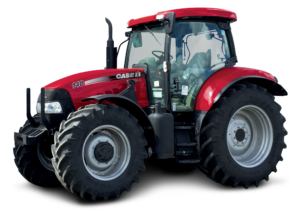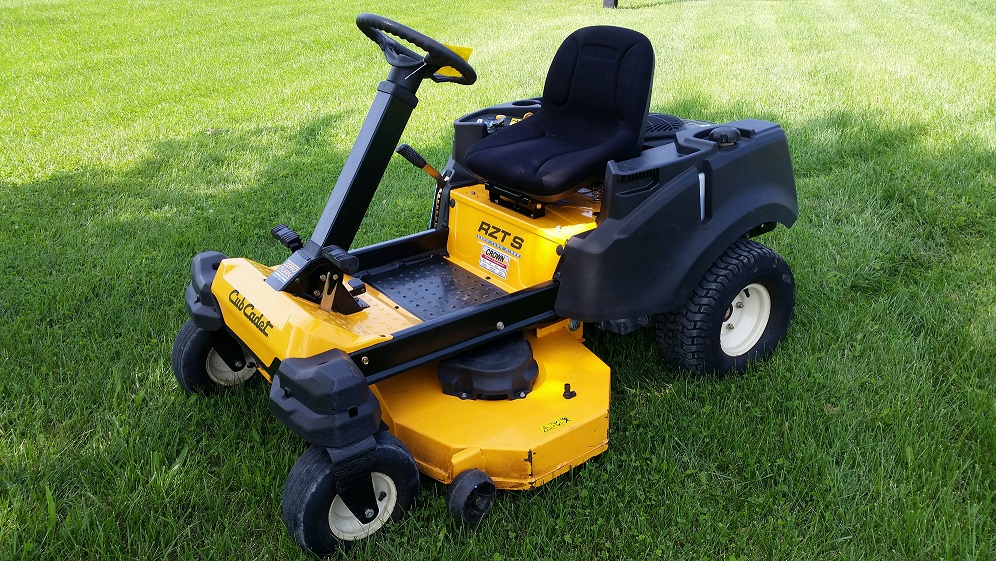Your Case tractor represents a significant investment in your farming operation’s success. Like any hardworking machine, it demands consistent care and attention to deliver peak performance year after year. Regular maintenance isn’t just about preventing breakdowns—it’s about maximizing your tractor’s lifespan, maintaining fuel efficiency, and ensuring you can tackle every job with confidence.
Whether you’re managing a small hobby farm or running a large commercial operation, proper maintenance practices will save you thousands in repair costs while keeping your Case tractor operating at its best. The key lies in understanding what your machine needs and when it needs it.
This comprehensive guide will walk you through the most critical maintenance areas for your Case tractor, providing you with actionable steps to keep your equipment running smoothly season after season.
Engine Care: The Heart of Your Operation
Your Case tractor’s engine works harder than most automotive engines, often running for extended periods under demanding conditions. This makes proper engine maintenance critical for reliable performance.
Oil Changes and Filter Replacements
Start with regular oil changes—the single most important maintenance task for your tractor’s longevity. Fresh oil lubricates moving parts, reduces friction, and carries away harmful contaminants that can damage your engine over time.
Check your owner’s manual for specific intervals, but most Case tractors require oil changes every 100-250 hours of operation or annually, whichever comes first. Always use the manufacturer-recommended oil grade and viscosity for optimal protection.
Don’t forget the oil filter during each change. A quality filter removes particles and contaminants that regular oil changes alone cannot eliminate. Replace both the oil and filter simultaneously to ensure maximum engine protection.
Cooling System Maintenance
Your engine’s cooling system prevents overheating during those long days in the field. Inspect coolant levels regularly and top off with the appropriate mixture as needed. Most Case tractors require a 50/50 mixture of coolant and distilled water for optimal protection.
Clean your radiator fins monthly, especially during dusty conditions. Clogged fins reduce cooling efficiency and can lead to costly overheating damage. Use compressed air or a soft brush to remove debris, working from the engine side outward.
Transmission Maintenance: Smooth Power Transfer 
Your transmission transfers power from the engine to the wheels, making proper maintenance essential for smooth operation and preventing expensive repairs.
Fluid Level Monitoring
Check transmission fluid levels regularly using the dipstick method outlined in your owner’s manual. Low fluid levels can cause slipping, overheating, and premature wear of internal components.
Replace transmission fluid according to your maintenance schedule, typically every 1,000-1,500 hours of operation. Clean fluid ensures proper lubrication and heat dissipation throughout the transmission system.
Gear Lubrication and Clutch Adjustments
Proper gear lubrication prevents metal-to-metal contact that can cause catastrophic failure. Inspect gear oil levels in your differential and final drives, topping off as necessary with the recommended lubricant grade.
Monitor clutch operation for signs of slipping or difficulty engaging gears. Proper clutch adjustment ensures efficient power transfer and prevents premature wear of clutch components. If you notice changes in clutch feel or operation, address them immediately to avoid costly repairs.
Tire Maintenance: Your Connection to the Ground
Your tires are your tractor’s only contact with the ground, making proper tire maintenance crucial for traction, stability, and fuel efficiency.
Proper Inflation Practices
Maintain correct tire pressure based on your load and operating conditions. Under-inflated tires increase fuel consumption, cause uneven wear, and reduce traction. Over-inflation leads to a harsh ride and decreased tire contact with the ground.
Check tire pressure monthly using a reliable gauge, and adjust according to manufacturer specifications. Consider different pressures for field work versus road transport to optimize performance for each application.
Tread Inspection and Rotation
Inspect tire tread regularly for signs of uneven wear, which can indicate alignment issues or improper inflation. Replace tires when tread depth reaches the minimum safe level to maintain proper traction and prevent slippage.
Rotate tires periodically to ensure even wear patterns and maximize tire life. This practice becomes especially important if your tractor spends significant time on uneven terrain or performs repetitive tasks that might cause uneven loading.
Electrical System: Powering Your Productivity 
Modern Case tractors rely heavily on electrical systems for everything from starting to operating complex hydraulic controls. Proper electrical maintenance prevents frustrating breakdowns and ensures all systems function reliably.
Battery Maintenance
Clean battery terminals monthly to prevent corrosion that can interrupt electrical flow. Use a wire brush and baking soda solution to remove corrosion, then apply terminal protectant to prevent future buildup.
Test battery voltage regularly, especially before busy seasons. A fully charged 12-volt battery should read approximately 12.6 volts with the engine off. Replace batteries that cannot hold a proper charge to avoid unexpected failures.
Wiring and Lighting Upkeep
Inspect wiring harnesses for damage from rodents, wear, or environmental factors. Damaged wiring can cause electrical shorts, fires, or system failures that sideline your tractor during critical work periods.
Check all lights regularly, including headlights, taillights, and warning beacons. Replace burned-out bulbs immediately to maintain visibility and comply with road safety regulations. Clean light lenses to ensure maximum brightness and visibility.
Stay Ahead of Problems with Preventive Care
Consistent maintenance transforms your Case tractor from a potential liability into a reliable partner that supports your operation’s success. Create a maintenance schedule based on operating hours and calendar intervals, then stick to it religiously.
Keep detailed maintenance records to track what’s been done and when. This documentation helps identify patterns, ensures nothing gets overlooked, and provides valuable information for warranty claims or resale value.
Don’t wait for problems to develop—address small issues immediately before they become expensive repairs. Your proactive approach to maintenance will pay dividends through reduced downtime, lower operating costs, and extended equipment life.
Start implementing these maintenance practices today, and your Case tractor will reward you with years of dependable service. Remember, the time you invest in maintenance now prevents the frustration and expense of unexpected breakdowns when you can least afford them.






